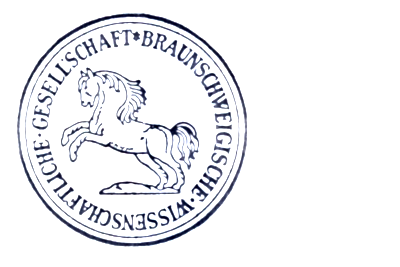In the Spirit of Gauss
Braunschweigische Wissenschaftliche Gesellschaft – Promoting Research and Scholarship
The Gauss curve, also known as the normal distribution or bell curve, is a mathematical function widely used in science and statistics. Its name comes from its distinctive, symmetrical bell-shaped appearance.
The Gauss curve is often applied to describe naturally occurring variations, such as human height or instrument measurement errors.

Carl Friedrich Gauss, born in Braunschweig and one of the greatest German mathematicians of the 19th century, made groundbreaking contributions to number theory, probability, statistics, and physics. At just 21 years old, he solved the centuries-old problem of calculating the number of possible non-congruent regular polygons with an odd number of sides. Gauss is also renowned for developing the normal distribution, fundamental in probability theory and statistics. Moreover, he advanced the theory of electromagnetism by formulating Gauss’s law of electrostatics. His work influenced a wide range of scientific disciplines and established him as one of the most important mathematicians in history.
To honor his legacy, the Braunschweigische Wissenschaftliche Gesellschaft established the Gauss Medal, commemorating Carl Friedrich Gauss (1777–1855), a distinguished alumnus of the Collegium Carolinum in Braunschweig. The medal is awarded, typically on an annual basis, to internationally recognized scholars for their outstanding scientific achievements.
